Food served out of a truck. Bottomless mimosas before noon. Innovative ethnic cuisine. Kitchens bursting with creativity. These scenarios describe not a culinary utopia but rather the food scene of our nation’s capital. Outside the front gates, extraordinary and student-friendly meals await. With distinct food around every corner in each neighborhood, the options are endless.
The restaurants of Washington, D.C., have come to reflect the values of the neighborhood they are located in. Whether the experience is fast and delicious or slow and immersive, a crucial reflection of the culture of the nation’s capital comes through in the food that fuels it.
Providing a window into the District’s mobile food scene, the National Mall’s wide variety of food trucks makes it nearly impossible to avoid the temptation of eating at one. The D.C. area has over 150 food trucks in operation that people exploring the District can try.
Tourists and residents alike frequent the extensive assortment of trucks to get a quick bite to eat in between monument-hopping or a day packed with meetings. Thankfully, the D.C. restaurants-on-wheels are relatively less expensive for D.C. and more accessible to students.
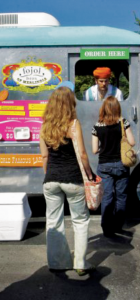 The food truck craze launched in the D.C. area in 2009, as part of the larger trend across the country. Fojol Bros. — a since-defunct food truck specializing in Indian food and friendly service that was one of D.C.’s first food trucks according to the Washingtonian — began driving around the city on Jan. 20, 2009, the date of former President Barack Obama’s first inauguration.
The food truck craze launched in the D.C. area in 2009, as part of the larger trend across the country. Fojol Bros. — a since-defunct food truck specializing in Indian food and friendly service that was one of D.C.’s first food trucks according to the Washingtonian — began driving around the city on Jan. 20, 2009, the date of former President Barack Obama’s first inauguration.
“It’s a national trend of these food trucks, because it was an easy way to start a business, much easier than starting a restaurant,” Sidman said in a phone interview with The Hoya.
Nowadays, food trucks can park in 10 different officially recognized zones in D.C., including along the Mall and near government buildings in Farragut Square and L’Enfant Plaza.
“The ones that end up on the Mall are the ones that are aimed more for tourists,” Sidman said. “The ones that are more interesting are the ones that are in downtown, that are geared towards government employees and working people.”
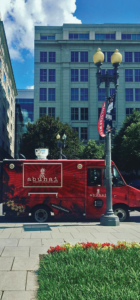
Some trucks around the city have gained a considerable amount of fame. Abunai, a modern Hawaiian poke restaurant, began as a food truck in 2016 but has used its success to establish a traditional brick-and-mortar location near Farragut Square. Abunai is one of the few places in D.C. offering Hawaiian comfort food on a budget. Customers can get poke or spam musubi, along with two sides and a drink, for less than $15 — a price ideal for college students used to District prices.
Gourmet food trucks have also started to become more common in D.C. José Andrés, one of the city’s most famous chefs, owns and operates award-winning restaurants around the country like the two Michelin-starred Minibar but decided to make D.C. the home for his first — and only — food truck.
The industrial looking Pepe offers “Spanish Flauta” sandwiches, made fresh on site and featuring mouth-watering ingredients from serrano ham to fried vegetables on freshly baked bread. While the price point is higher, with sandwiches averaging $20, the delicious taste of the sandwich more than makes up for the cost.
As food trucks have spread across the District and surrounding areas, they offer the perfect opportunity for students to try new cuisines. With a food truck for almost any fare imaginable, from New York-style pizza to Venezuelan arepas, and their relatively low prices for the District, the D.C. food truck scene presents a less expensive, quicker and more inventive way to explore the District.
For students and working professionals alike, lunch is more than just a meal. The District is a working city, and networking and business meetings often take place over a quick midday meal — the quintessential “power lunch.”
The power lunch is a truly D.C. concept with a storied history. With young professionals flocking to and from Capitol Hill every lunch hour, CNN reported that certain restaurants became hotspots for the District’s professionals to network.
Duke Zeibert’s — or Duke’s to the people who frequented it — was one of the first quintessential restaurants where politicians met in D.C for power lunches, according to Washington Top News.
Though it closed in 1994, the place was legendary among the D.C. celebrities who frequented it, like J. Edgar Hoover, Larry King and former President Bill Clinton. A Washington Post article describes Duke’s as a historical marker of the District for the establishment of the power lunches, where the people with whom the patrons ate mattered more than the quality of the food. Duke’s was not about the taste; rather, it was about the powerful and discreet atmosphere that gave rise to the tradition.
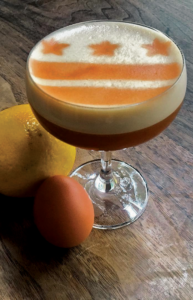
Politicians still use power lunches and business dinners as a tool to forge new relationships and make deals: Most of the restaurants offer satisfying enough food to match the atmosphere of these networking venues. Many of the spots they frequent can be expensive — including Le Diplomate and Blue Duck Tavern, located near Dupont Circle — but students can still partake in the tradition at high-end places like Fabio Trabocchi restaurants without breaking the bank, Anna Spiegel, a food editor at the Washingtonian, said.
“Going during the early and mid-week, especially during lunch, is a great option for a student budget,” Spiegel said in a phone interview with The Hoya. “Places want to get people in the door, so they have lunch deals that offer the same food at a cheaper price.”
While the Maria Menu at Fabio Trabocchi restaurants is still more expensive than a sandwich from Wisemiller’s Grocery & Deli, the meal will be far more memorable and impressive.
Chef Geoff’s, located near American University in AU Park, is the famed spot with a classic ambience where one lucky student got her cast signed by former Vice President Joe Biden, Culture Trip reported. Although its meals can be expensive during the day, the special prices of its happy hour menu featuring bar food essentials make Chef Geoff’s relatively more affordable for a college budget.
Capitol Lounge on the Hill is a popular spot among younger staffers. With thin-crust pizza and burgers, this place is more for the up-and-coming than the established politicians but still has the classic D.C. vibe that a power lunch requires. Its motto — “No Politics, No Miller Lite” — would make even Duke Zeibert proud.
 One of the staples in any 20-something’s week is a weekend brunch, and Georgetown students are no different. With the perfect combination of breakfast and lunch food — and often bottomless drinks for the over-21 crowd — everyone can find something to enjoy.
One of the staples in any 20-something’s week is a weekend brunch, and Georgetown students are no different. With the perfect combination of breakfast and lunch food — and often bottomless drinks for the over-21 crowd — everyone can find something to enjoy.
Brittany Arnett (COL ’19), co-founder and co-president of GU Eating Society, runs the @toastedtable food account on Instagram, which has over 8,000 followers. Arnett considers the pageantry of brunch as what creates its appeal.
“It makes a day event out of eating,” Arnett said.
Though brunch may seem like the stereotypical millennial trend, its roots go back as far as an article from The Washington Post in 1906, according to a “Ghosts of D.C.” account. District residents took to the new meal throughout the 1900s, and now nearly all restaurants serve some form of brunch.
“Typically, brunch is a cheaper option to go to a really nice place,” Arnett said.
She recommends Le Diplomate for a discounted price but still classy
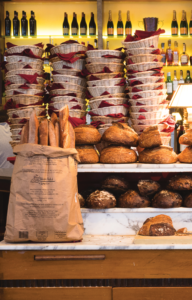
outing. Arnett also notes that Boqueria is also a favorite among students, offering a $40 bottomless brunch of Spanish tapas and mimosas.
However, Call Your Mother in Columbia Heights serves freshly baked bagels and coffee for a cheaper and quicker mid-morning option, but patrons should prepare to wait, according to Sidman.
“People are lining up for their bagels — it’s crazy,” Sidman said.
Other popular options include the creative El Chucho in Columbia Heights and the cult classic Farmers Fishers Bakers. But no matter where you go, Arnett firmly believes brunch always leads to a fun experience.
“[Brunch is] a perfect excuse to just eat a lot and drink a lot in the middle of the day on a weekend,” Arnett said.
D.C. is one of the most diverse cities in the nation, according to Bloomberg; its residents experience this diversity in the array of food available to them.
The District has the largest Ethiopian population in the world outside of Africa, according to American University. As Ethiopian people have taken root in the D.C. area, so too has their style of dining, which eschews traditional silverware as diners use their hands to rip off chunks of injera flatbread and to serve up spicy wats.
In recent years, since the founding of the first Ethiopian restaurant in what is now known as “Little Ethiopia” on 9th and U streets, Ethiopian dining has become a revelation in D.C. as new and increasingly diverse Ethiopian restaurants are founded every year.
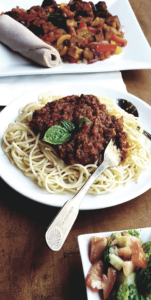
Letenea in Columbia Heights offers a wide variety of vegetarian options in a fast-casual setting, perfect for students. In Adams Morgan, Zenebech is a family restaurant that offers a more traditional sit-down dining experience.
The influence of immigrant cultures in D.C food goes far beyond just Ethiopian food. Bad Saint on 11th Street NW represents a modern twist on Filipino food, garnering such popularity and acclaim that patrons start lining up as early as 3:15 p.m. for its 5:30 p.m. dinner, according to its website.
The trendy Maydan on Florida Avenue NW serves Middle Eastern food cooked under a live fire to encourage patrons to feel “a sense of wonder,” according to its website.
“Just go: Get in the Uber; get out; literally break the bubble,” Arnett said. “Make it a scheduled plan. It’s so worth it.”









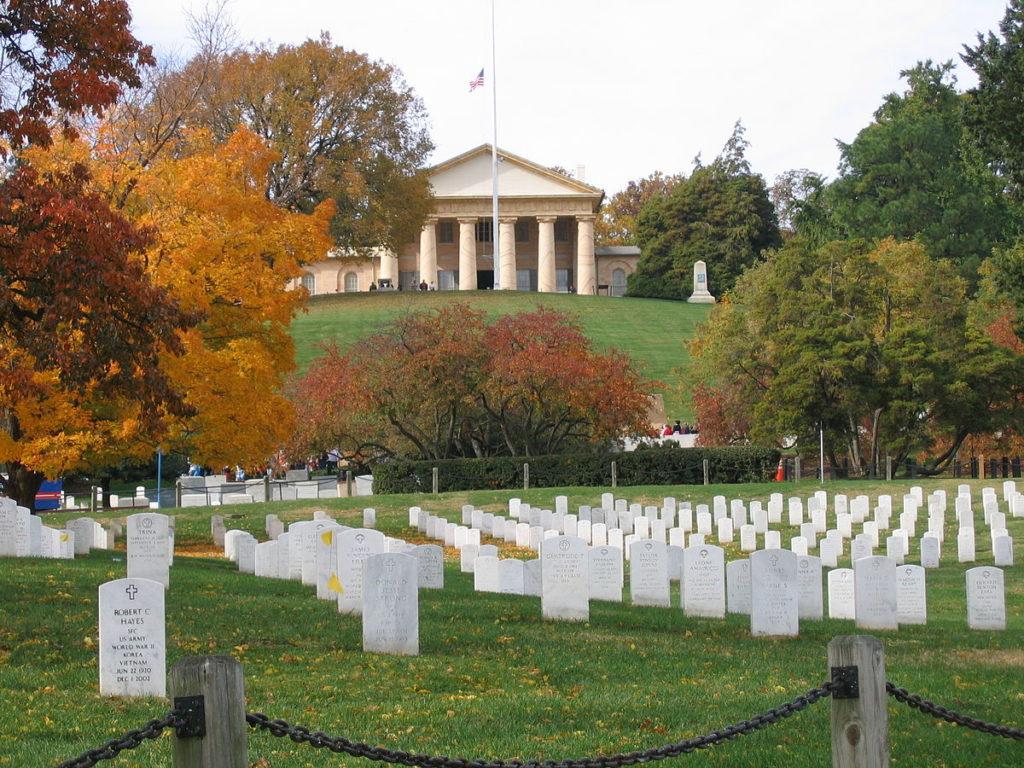







Robert Lopez-Irizarry • Nov 16, 2018 at 4:03 pm
Allan you’re so smart and talented this is a great story I love you very much son you have finally made me proud